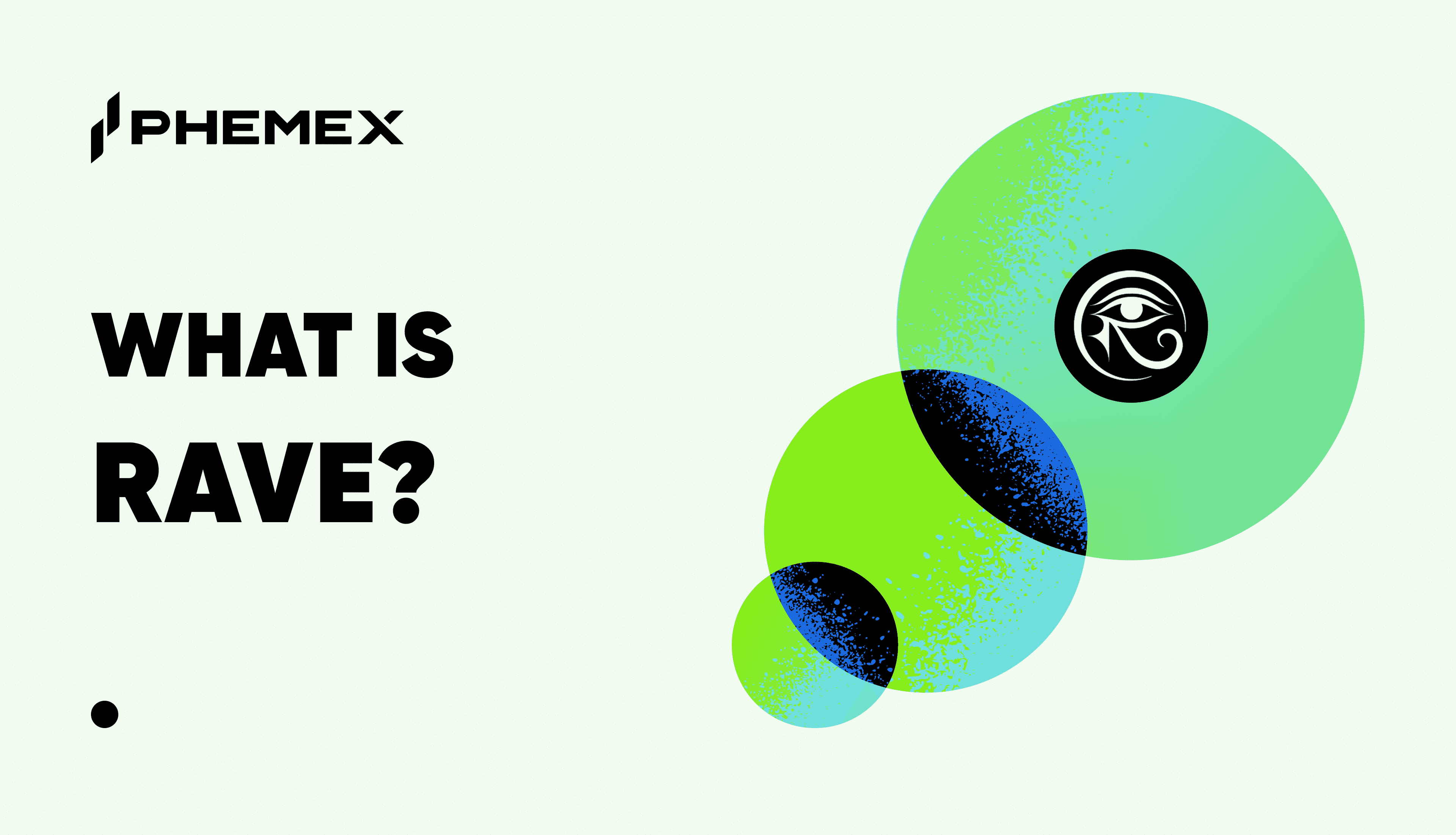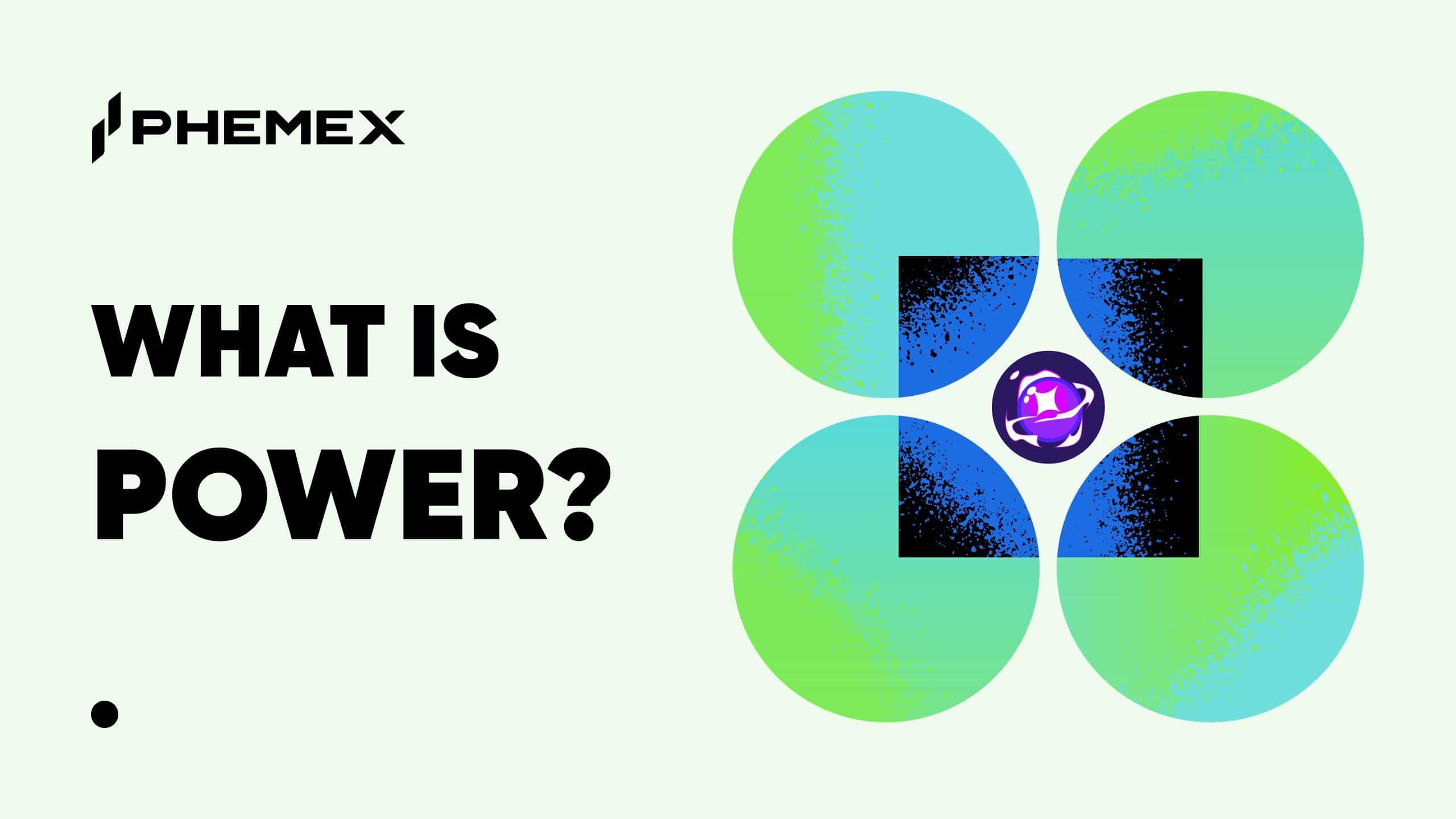Before Bitcoin and blockchain technology were even conceived as an idea, another decentralized peer-to-peer (P2P) network, BitTorrent, was among the most popular online platforms in the world. BitTorrent is a file sharing protocol where users connect to each other’s computers in a decentralized way to download content. The downloaded content is often located on many different computers around the world.
Using BitTorrent, you can download files you need from different sources, each contributing a bit of overall content. In essence, you get the needed file in small bits from a number of other BitTorrent users.
BTT is the cryptocurrency that powers BitTorrent’s blockchain-based transactions. BTT trades at $0.0036 per coin (3.6 cents per 10 BTT), with a circulating supply of nearly 660 billion coins, for a market cap of nearly $2.4 billion.
What Is BTT?
Although BitTorrent has always been a hugely popular service, it struggled to turn this popularity into commercial success.
In 2018, the Tron Foundation, the entity behind the Tron (TRX) blockchain, acquired BitTorrent, integrated the protocol into its blockchain, and introduced the BTT cryptocurrency to monetize popular BitTorrent services.
BTT can be used to pay for a variety of BitTorrent services such as downloading content, accessing faster download speeds, watching live streams, and using decentralized data storage. With the integration of BTT into the BitTorrent ecosystem, the Tron Foundation aims to leverage BitTorrent’s general popularity into business success.
BTT is based on Tron’s native TRC10 token standard. TRC10 is one of the two token standards widely used on Tron, the other being the TRC20 standard. Compared to TRC20, TRC10 tokens feature around 1,000 times lower transaction costs on the network. Coupled with Tron’s generally fast performance, this makes BTT a very efficient transactional crypto in terms of fees and speed.
How Does BTT Work?
BitTorrent’s main functionality, the exchange of digital content in the form of files, is based on a principle of “tit-for-tat.” The essence of this principle is that you have to make some content available for download in order to download yourself.
The more content you make available to others, the higher your own download privileges are. Users who exclusively download without making files available to others, risk being “choked,”, i.e., having other users refuse their connections.

You can use BTT to access content made available only to paying users. This opens up opportunities for monetizing intellectual property (IP), and makes BitTorrent a valid competitor to the many NFT platforms operating under the same concept of IP commercialization.
In addition to enabling paid file downloads, BTT is used within the BitTorrent ecosystem for a number of other services. Each of the services is powered by a decentralized app (DApp) on Tron.
The BitTorrent Speed App
This app lets users purchase additional download bandwidth using BTT. Some BitTorrent downloads involve very large files, or entire directories, measuring many gigabytes and terabytes of data. Purchasing additional bandwidth can help you speed up these downloads significantly.
Naturally, you can also make additional bandwidth available yourself in exchange for BTT.
BitTorrent DLive
DLive enables monetization of live streams over the BitTorrent network. Earning BTT as a stream broadcaster and paying with BTT for access to live streams is the key functionality of this app.
DLive was originally a separate streaming company of its own, founded in 2017. In 2019, BitTorrent bought the service and integrated it into its own suite of applications. DLive lets content broadcasters keep 100% of their earnings from streaming. Being a blockchain-based decentralized service, it also has very little content censorship compared to platforms such as YouTube.
The BitTorrent File System App
BitTorrent File System is a decentralized blockchain-based data storage solution. Instead of storing your files locally, you can distribute your storage over the decentralized network. As the storage is distributed in separate bits over the network, no one entity will be able to access your data in its entirety.
BitTorrent File System takes advantage of the blockchain’s powerful security features, cryptography and decentralization, to protect and securely store your data. When storing files locally, you always run a risk of irreversible data corruption or loss. With File System these risks are minimized. The service also lets you provide secure storage in exchange for BTT. File System has the potential to become a viable alternative to cloud storage providers, a niche experiencing very strong growth.
Who Is Behind BTT?
BitTorrent was created and launched in 2001 by computer programmer Bram Cohen. Cohen steered the BitTorrent project until 2018, when it was purchased by the Tron Foundation, and left it after the deal.
The Tron Foundation itself was founded in 2017 by Chinese American crypto entrepreneur Justin Sun. Sun acts as the CEO both at the Tron Foundation and at Rainberry Inc., the company managing the BitTorrent project.
The BitTorrent project has raised a total of nearly $43 million in Venture Capital (VC) funding over the years. However, most of this funding was raised in the earlier years of the protocol, well before the acquisition by Tron. After the acquisition deal, BitTorrent raised $7.1 million in one funding round, which was its initial coin offering (ICO) in January 2019.
The project’s lead investors are two Californian VC companies – Accel, a VC firm investing in early and growth-stage startups, and DCM Ventures, an investment company specializing in the technology, mobile, consumer internet, and service sectors.
BTT Price History
BTT first entered the cryptocurrency markets in early 2019, and for the first two years it mostly traded at levels below $1 per 1,000 BTT. It started rising sharply in mid-March 2021 and within a matter of three weeks, reached nearly $0.11 per token, its highest ever rate to date.

The sharp increase in price happened largely on the back of the overall market’s rise. During the early 2021 bull run, many crypto assets experienced large increases supported by not much more than a general overly-enthusiastic view of the cryptocurrency concept.
However, BTT started declining very rapidly right after reaching its peak on April 6, well before the overall market crash of 2021 started to unfold. It is possible that, in order to maximize their returns in the buoyant bull market, investors rushed to coins with a higher perceived potential than BTT.
BTT’s price declines continued until late July. Since then, BTT has largely been increasing, and trades now at $0.0036.
What Is the Future of BTT?
In our view, the overall outlook for BTT is somewhat uncertain. On the positive side, BTT is underpinned by the hugely popular BitTorrent protocol, and now has the backing of the Tron Foundation, an outfit led by its highly entrepreneurial (and very wealthy) founder, Justin Sun.
BTT resides on Tron, a platform known for its speed, and is based on Tron’s highly efficient TRC10 standard. Thus, the technical fundamentals for the cryptocurrency are strong too.
However, ever since its launch in 2001, the BitTorrent protocol has been associated with rampant online piracy and IP violations. The image has largely persisted to the present day. It is unlikely that jumping into the blockchain environment will be enough by itself to get rid of this image.
While these perceptions persist, BitTorrent might struggle to attract serious business-grade content creators.
One glaring example of the potential challenges BitTorrent faces is its DLive streaming service. While DLive is a great concept with the potential to rival YouTube, the platform has a large number of broadcasters with extremist views. It is unclear how BitTorrent plans to deal with this issue given the decentralized independent nature of users on blockchain platforms.
BTT’s precipitous plunge in value in early April, weeks before the overall market started crashing, suggests that many crypto investors are indeed somewhat skeptical of BTT’s future potential.

Conclusion
BitTorrent is the world’s most popular decentralized file sharing service. It pre-dates blockchain technology by eight years. Despite its massive popularity, BitTorrent has yet to achieve a comparable level of commercial success.
BitTorrent’s acquisition by the Tron Foundation and the introduction of blockchain-based services via the BTT coin are bold attempts to turn the protocol into a profitable venture. If successful, BitTorrent may become a serious competitor to NFT projects focused on IP protection and monetization.
The protocol’s other services also have a potential to disrupt their respective niches. DLive might provide a flexible alternative to YouTube for video streaming services, while BitTorrent File System could rival established online cloud storage providers.
However, in order to realize all these business goals, BitTorrent and the Tron Foundation have to ensure that the platform rids itself of the piracy-oriented image. Other issues, such as DLive’s descent into a breeding ground for extremist broadcasters, also need to be addressed.
In reality, devising such mechanisms of control and censorship may be extremely difficult to achieve in the blockchain environment. Thus, the future success of BitTorrent as a blockchain project looks somewhat unclear.
Read More
- What is Tron (TRX)?
- What is Bitcoin: World’s Largest “Group Project”
- Tron’s TRC-20 Tokens – All You Need to Know
- What is Bitternsor (TAO) & How does it Work?
- Why Does Bitcoin Have Value?
- February 2021 BTC Market Analysis
- What is Cryptocurrency & How It Differs From Digital Cash
- What is Blockchain Technology: The Biggest Misconception About It










